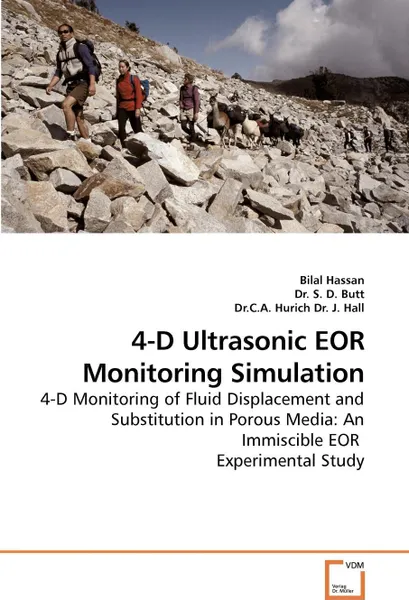4-D Ultrasonic Eor Monitoring Simulation 12+
2009
80 страниц
Категория: Научная литература
ISBN: 9783639221886
Язык: Английский
📗 In the wake of the recent economic crises with few new viable discorveries, need for efficient management of the existing hydrocarbon resources becomes inevitable. Immiscible EOR is a common secondary recovery method. An experimental investigation of 4-D performance monitoring of an immiscible EOR scheme, using a simulated reservoir consisting of ceramic beads is explained. In essence the study covers various investigations through porous or granular media e.g. composites, rocks. P and S wave transmission and reception combined with electrical resistance variation measurment has been used as the probing tool. Analysis has been performed following a standard 4-D seismic workflow to characterize the process. Various experimental components are adequately described. Wave Propagation through porous media related Rock Physics models for analytical verification have been indentified and explained preceded by pertinent theory. Need for appropriate scaling guidelines and procedures for field scale applications is emphasized since such monitoring techniques can prove effective in calibrating the reservoir simulators for appropriate management.
Мнения
